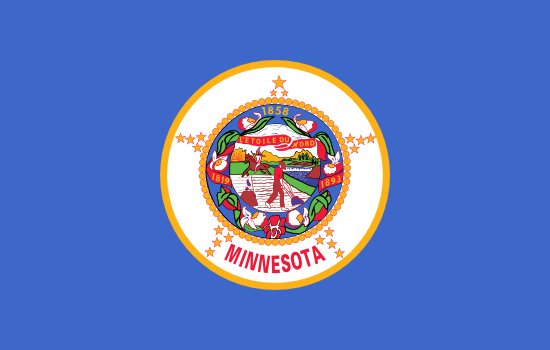
St. Paul
- County:
- Dakota County
- County Seat:
- No
- Area (mi²):
- 51.973
- State:
- Minnesota
St. Paul is a city located in Dakota County, Minnesota. St. Paul has a 2025 population of 307,465 . St. Paul is currently growing at a rate of 0.76% annually but its population has decreased by -1.18% since the most recent census, which recorded a population of 311,127 in 2020.
The median household income in St. Paul is $73,055 with a poverty rate of 15.75%. The median age in St. Paul is 33.5 years: 33.4 years for males, and 33.6 years for females. For every 100 females there are 97.2 males.